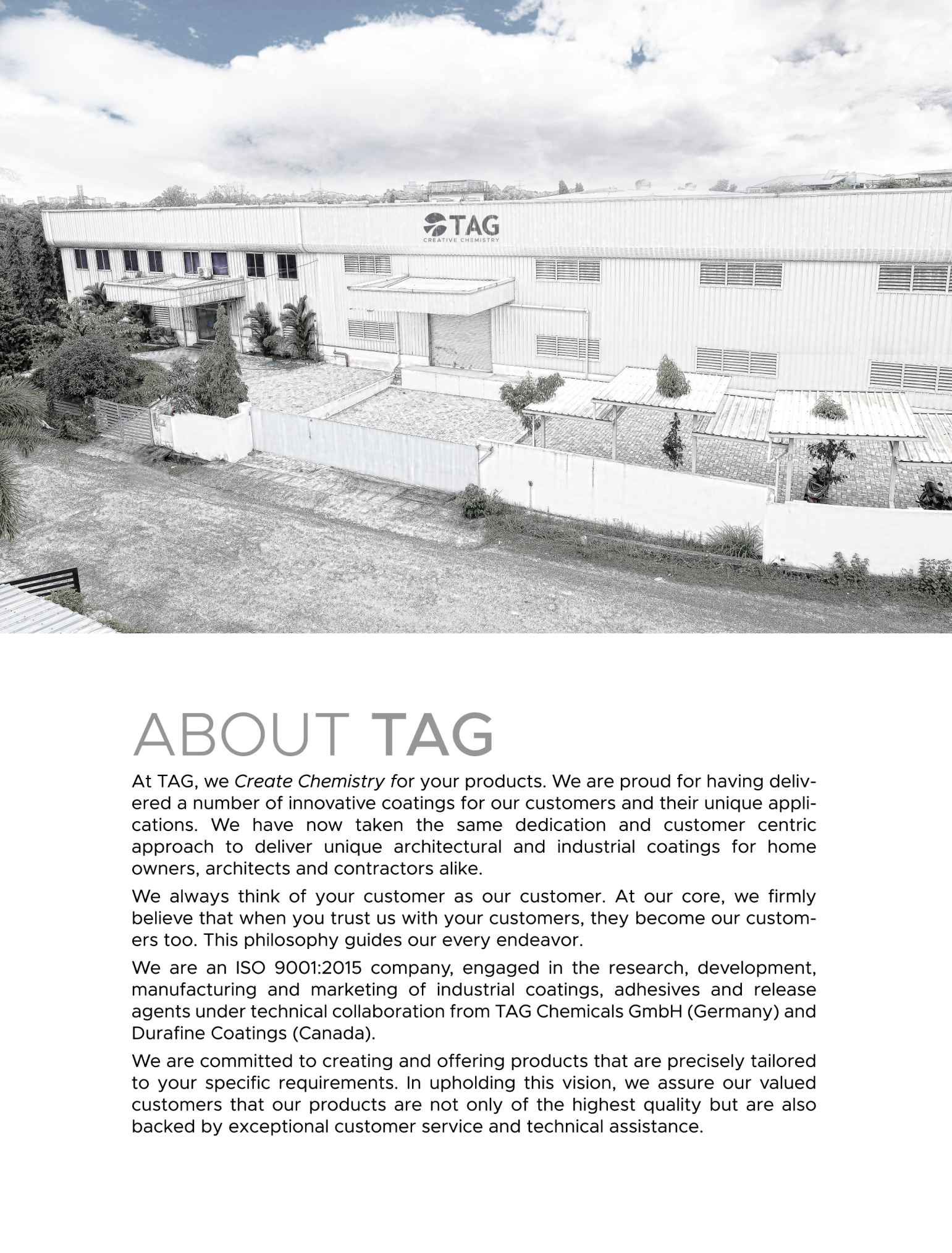Long Path Ahead to reach middle & High income status country
- अक्टूबर 12, 2022
- 0
India’s policymakers need to ensure that its growth is reflected equally among all its sectors and citizens,
“India is a country that has shown its potential to deliver high and sustained economic growth. But it still classifies as a lower middle-income country. And while India will continue to grow based on its demographic profile and inherent growth dynamics, this current trend growth will not be sufficient to reach goals and potential.
There is a long path ahead to realize its ambition to reach middle income and eventually high-income status,” said the report title ‘Competitive Roadmap for India @100’.
The report said there are three specific challenges that India will have to address on its way to be a middle-income country from the current lower-middle income slot. First is the shared prosperity challenge, in that while India’s headline GDP growth has been strong and even accelerating, weak social progress, rising inequality, and a lack of convergence across reigns suggest that this growth has failed to translate into the expected improvements in quality of life for many Indians.
Next is the policy implementation challenges, wherein policymakers have pursued an ambitious agenda of economic reforms, largely focused on the relevant issues and based on mostly sound conceptual principles, but the impact in terms of job creation and growth of firms has fallen short of ambitions.
The report also said prosperity as measured as average GDP per capita is insufficient and India leaders have set goals on ”Ease of Living”, regional development, rapidly increasing regional development, rapidly increasing renewable energy production, and more.
“In addition, India is facing a shifting external environment with rising geopolitical tensions and changing patterns of globalization, climate change and policies to achieve the transition to net zero, digital transformation and other technological changes all context,” the report stated.
मध्य और उच्च आय वर्ग वाला देश बनने में चुनौतियां
भारत के नीति निर्माताओं को देश के सभी क्षेत्रों और नागरिकों का समान विकास सुनिश्चित करने की जरूरत है। कंपेटिटिवनेस रोडमैप फॉर इंडिया @100 नाम की रिपोर्ट में कहा गया है, ‘भारत एक ऐसा देश है, जिसमें उच्च और टिकाऊ आर्थिक वृद्धि की क्षमता है। लेकिन भारत को अभी भी निम्न मध्य आय वर्ग के देश के रूप में वर्गीकृत किया गया है।
जब भारत भौगोलिक खाके के और अंतर्निहित विकास की गतिशीलता के आधार पर वृद्धि जारी रखेगा तो वृद्धि की यह मौजूदा धारणा इसके लक्ष्यों व क्षमता तक पहुंचाने के लिए पर्याप्त नहीं होगी। मध्य आय वर्ग पर पहुंचने और उसके बाद उच्च आय वर्ग का दर्ज पाने की महत्वाकांक्षा पूरी करने की आगे की राह बहुत लंबी है।
रिपोर्ट में कहा गया है कि भारत को 3 प्रमुख चुनौतियों का समाधान करना होगा, जो मौजूदा निम्न मध्य आय वर्ग से मध्य आय वर्ग का देश बनने की राह में सामने आ रही है।
पहली चुनौती साझा समृद्धि को लेकर है। भारत की प्रमुख जीडीपी वृद्धि मजबूत रही है और इसे गति मिल रही हैं। वहीं सामाजिक प्रगति कमजोर है, असमानता बढ़ रही है और विभिन्न क्षेत्रों में एकता का अभाव नजर आता है। इससे पता चलता है कि यह वृद्धि तमाम भारतीयों के जीवन की गुणवत्ता में सुधार की उम्मीद में विफल रही है।
फिर नीतियों को लागू करने की चुनौती है, जहां नीति निर्माताओं ने आर्थिक सुधार के महत्वकांक्षी एजेंडे पर जोर दिया है और खासकर समसामयिक विषयों पर ध्यान रहा है। यह ज्यादातर अवधारणा वाले सिद्धांतों के मुताबिक है, लेकिन नौकरियों के सृजन और नौकरियों में वृद्धि के हिसाब से महत्वाकांक्षा से बहुत पीछे हैं।
रिपोर्ट में कहा गया है, ‘इसके अलावा भारत को बदलते बाहरी वातावरण का सामना भी करना पड़ रहा है। इसमें बढ़ता भूराजनीतिक तनाव और वैश्वीकरण का बदलता स्वरूप, जलवायु परिवर्तन और नेट जीरो को लेकर बदलाव को हासिल करने की नीतियां, डिजिटल बदलाव और अन्य तकनीकी बदलाव शामिल हैं। कुल मिलाकर यह वृहद आार्थिक परिदृश्य को जटिल बना रहा है।’
रिपोर्ट में यह भी कहा गया है कि जीडीपी के हिसाब से प्रति व्यक्ति आय के मुताबिक संपन्नता मापने का तरीका अपर्याप्त है और भारत के अगुआ लोगों को ‘जीवन सुगमता‘, क्षेत्रीय विकास, अक्षय ऊर्जा में तेज बढ़ोतरी आदि को लक्ष्य बनाने की जरूरत है।
बहराल कुछ और नए दिशा निर्देशक सिद्धांतों की भी जरूरत है। संपन्नता में वृद्धि को सामाजिक प्रगति से मिलान करने की जरूरत है। संपन्नता को देश के हर इलाकें व क्षेत्र में साझा करने की जरूरत है। पर्यावरण के हिसाब से टिकाऊ बनाने और बाहरी झटकों के प्रति प्रतिरोधी बनने की जरूरत है।

































































